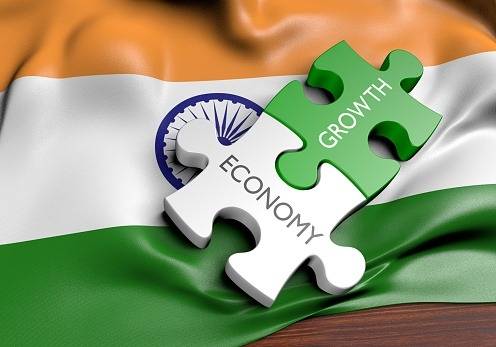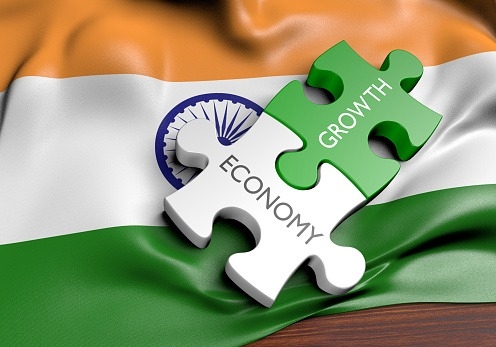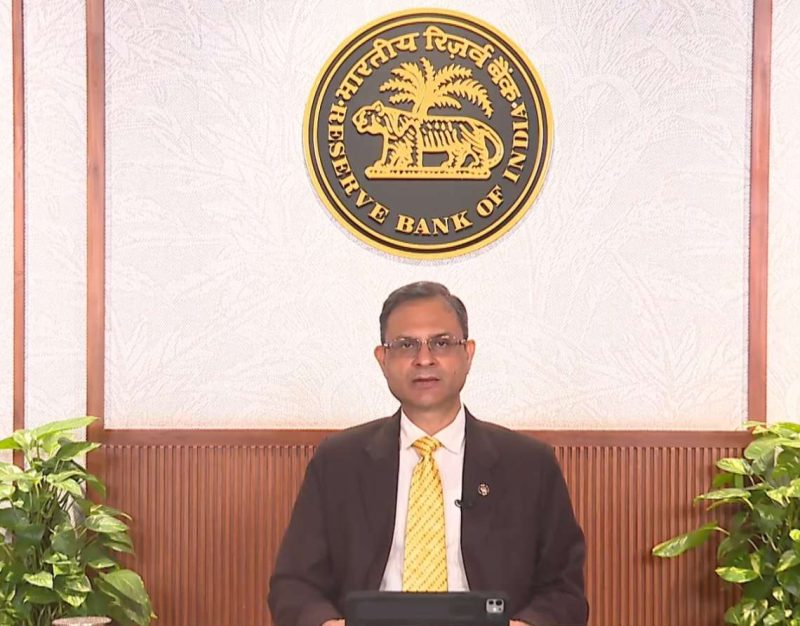The widespread adoption of real-time payments resulted in estimated cost savings of $12.6 billion for Indian businesses and consumers in 2021…reports Asian Lite News
Real-time payments are forecast to boost India’s GDP by $45.9 billion in 2026 as real-time payments transaction volumes are set to exceed 206 billion by that time, a new report showed on Tuesday.
In 2021, India accounted for the largest number of real-time transactions at 48.6 billion, almost threefold that of China (18 billion transactions) and almost seven times greater than the combined real-time payments volume of US, Canada, the UK, France and Germany (7.5 billion).
According to the report by ACI Worldwide, in partnership with GlobalData and the Centre for Economics and Business Research (Cebr), the real-time payments helped India unlock $16.4 billion of additional economic output in 2021, equivalent to 0.56 per cent of formal GDP.
“India’s craving for cash may be plummeting, but there is still a great deal more to do. It is time to accelerate our efforts and expand this impact beyond the top tier metropolitan areas and replicate our success for the benefit of the entire country,” said Ankur Saxena, Head of India and South Asia, ACI Worldwide, a software company providing real-time payment solutions.
The widespread adoption of real-time payments resulted in estimated cost savings of $12.6 billion for Indian businesses and consumers in 2021.
The growing acceptance of UPI-based mobile payment apps and QR code payments among merchants, combined with the increased use of digital payments during the Covid-19 pandemic, helped real-time payments secure 31.3 per cent of total payments transaction volume last year, the report showed.
With consumers increasingly shifting from cash to mobile-based real-time payments, skipping payment cards, the real-time payments’ share of the total payments volume is likely to rise to over 70 per cent in 2026.
This will result in net savings for businesses and consumers rising to $92.4 billion in 2026, helping generate an additional $45.9 billion of economic output, equivalent to 1.12 per cent of the country’s forecasted GDP.
“By allowing for the transfer of money between parties within seconds rather than days, real-time payments improve overall market efficiencies in the economy,” commented Owen Good, Head of Advisory, Centre for Economic and Business Research.
“Developing nations continue to drive the majority of real-time volume gains, confirming the industry trend of the strongest growth coming from economies with minimal existing electronic payments infrastructure, and therefore heavier reliance on cash,” added Sam Murrant, lead analyst, GlobalData.
“India provides the template for mobile wallet integration with underlying real-time payment systems. Mobile will still be the leading form factor in developed markets,” he noted.
ALSO READ-Marriott opens 1000th hotel in Europe














